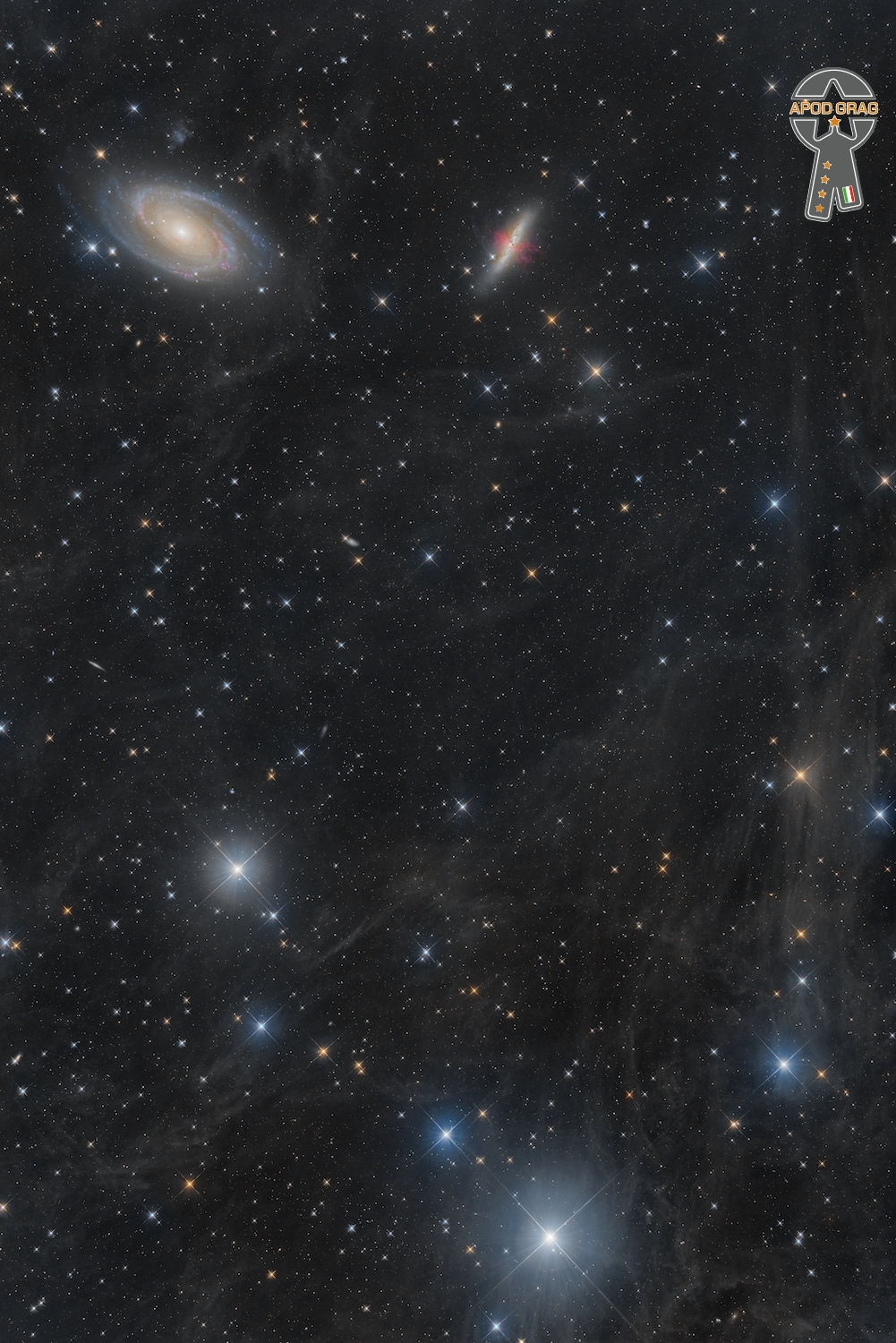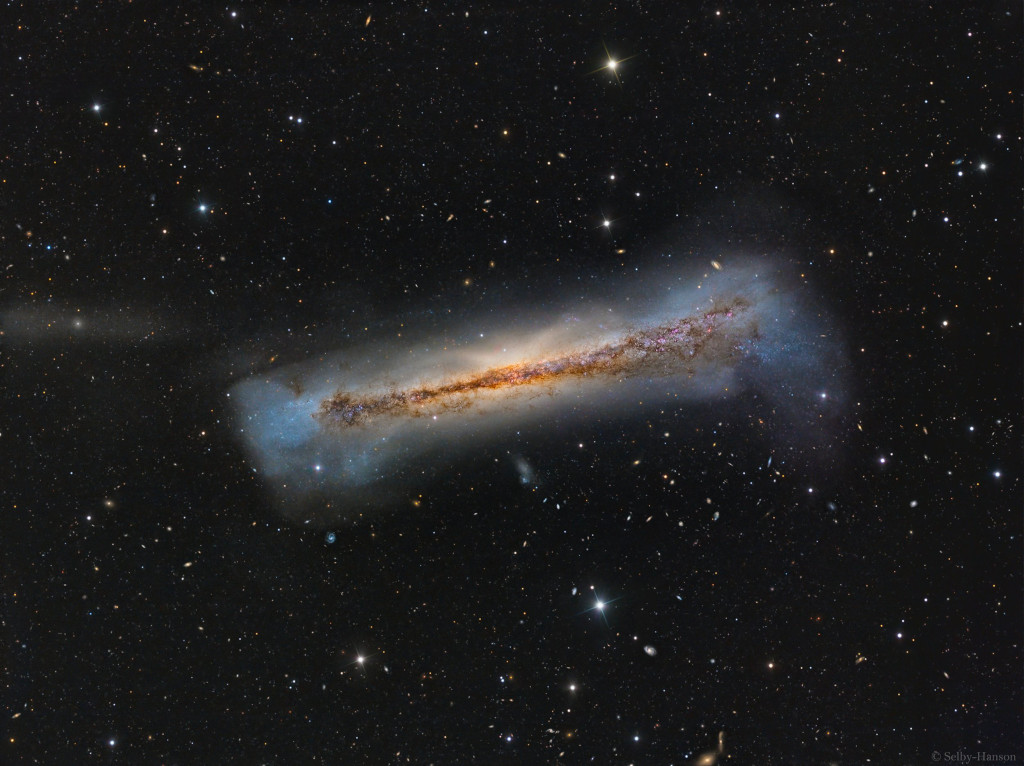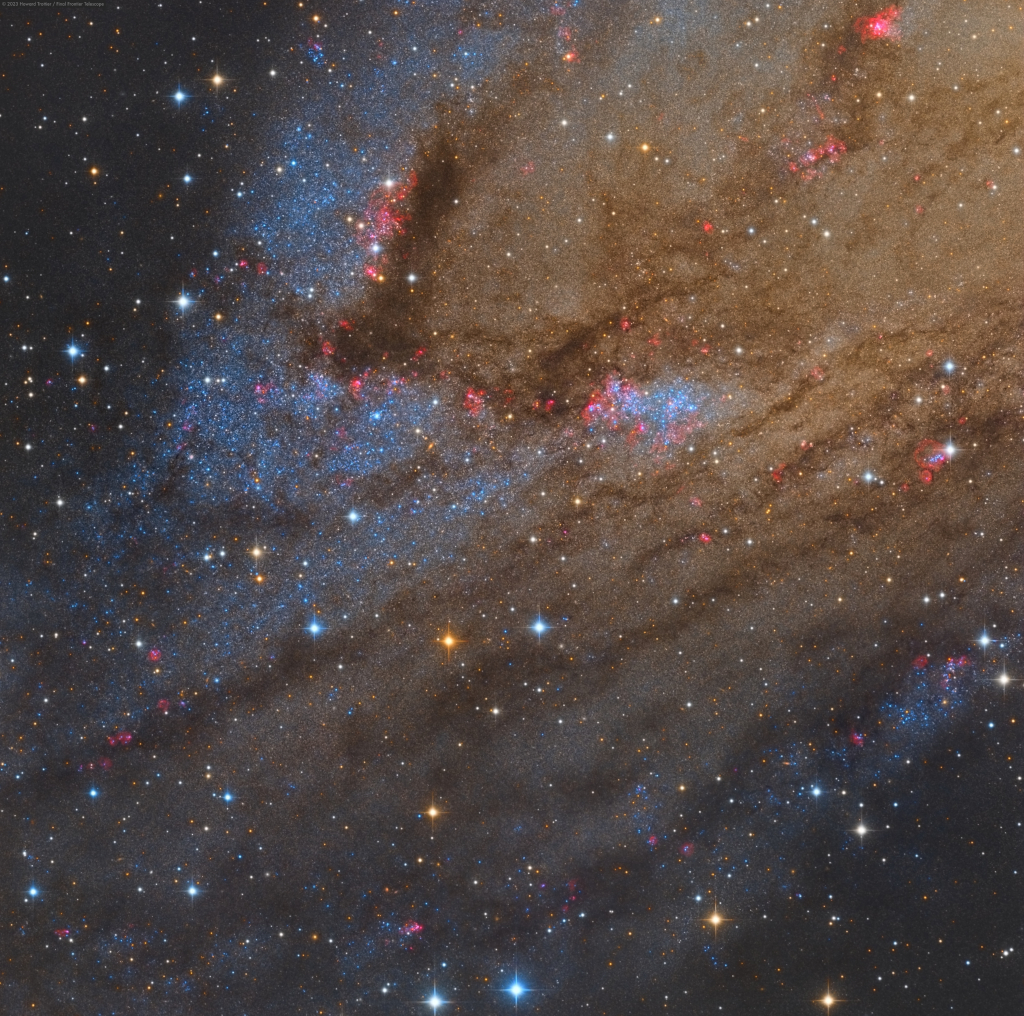Blog
Herbert Jay Solomon (April 16, 1930 – July 1, 2003), known by his stage name Herbie Mann, was an American jazz flute player and important early practitioner of world music. Early in his career, he also played tenor saxophone and clarinet (including bass clarinet), but Mann was among the first jazz musicians to specialize on the flute. His most popular single was “Hi-Jack“, which was a Billboard No. 1 dance hit for three weeks in 1975.
Mann emphasized the groove approach in his music. Mann felt that from his repertoire, the “epitome of a groove record” was Memphis Underground or Push Push, because the “rhythm section locked all in one perception.”
Herbie Mann was born in Brooklyn, New York, New York, to Jewish parents Harry C. Solomon (May 30, 1902 – May 31, 1980), who was of Russian descent, and Ruth Rose Solomon (née Brecher) (July 4, 1905 – November 11, 2004), of Romanian descent who was born in Bukovina, Austria-Hungary but immigrated to the United States with her family at the age of 6.
more...John Wesley Funchess (April 16, 1931 – February 1, 1994) known professionally as John (or Johnny) Littlejohn, was an American electric blues slide guitarist. He was active on the Chicago blues circuit from the 1950s to the 1980s.
Born in Lake, Mississippi, Littlejohn first learned to play the blues from Henry Martin, a friend of his father’s. In 1946 he left home and traveled widely, spending time in Jackson, Mississippi; Arkansas; Rochester, New York; and Gary, Indiana. He settled in Gary in 1951, playing whenever possible in the nearby Chicago area. Through his connections in Gary, he was acquainted with Joe Jackson, the patriarch of the musical Jackson family, and Littlejohn and his band reputedly served as an occasional rehearsal band for the Jackson 5 in the mid- to late 1960s.
Littlejohn played regularly in Chicago clubs (he was filmed by drummer Sam Lay playing with Howlin’ Wolf‘s band about 1961) but did not make any studio recordings until 1966, when he cut singles for several record labels.Later that year he recorded an album for Arhoolie Records and four songs for Chess Records. The Chess tracks were not issued at the time.
He recorded a few singles for small local labels but did not record another album until 1985, when Rooster Bluesissued So-Called Friends. Soon after, he fell into ill health. He died of renal failure in Chicago, on February 1, 1994, at the age of 62.
more...Located in the constellation Ursa Major, the galaxies M81 and M82 are about 12 million light-years away from us. The galaxies are on the same plane, only about 120,000 light-years apart.
M81 and M82 are gravitationally interacting. The resulting tidal forces deform M82 and cause violent stellar activity.
The IFN present in the image are not part of the same local group, but rather belong to our Milky Way.

Samuel McClain (April 15, 1943 – June 15, 2015), billed as Mighty Sam McClain, was an American soul blues singer and songwriter.
He was born in Monroe, Louisiana. As a five-year-old, he began singing in his mother’s Gospel Church. McClain left home when he was thirteen and followed local R&B guitarist, Little Melvin Underwood through the Chitlin’ Circuit, first as his valet and then as lead vocalist himself at 15.
While singing at the 506 Club in Pensacola, Florida he was introduced to the record producer and DJ, Papa Don Schroeder and in 1966, McClain recorded a cover version of Patsy Cline‘s “Sweet Dreams”. Several recording sessions at Muscle Shoals produced the further singles, “Fannie-May” and “In the Same Old Way”.
more...David William Edmunds (born 15 April 1944) is a Welsh singer-songwriter, guitarist and record producer. Although he is mainly associated with pub rock and new wave, having many hits in the 1970s and early 1980s, his natural leaning has always been towards 1950s-style rock and roll and rockabilly.
Edmunds was born in Cardiff, Wales. As a ten-year-old, he first played in 1954 with a band called the Edmunds Bros Duo with his older brother Geoff (born 5 December 1939, Cardiff); this was a piano duo. Then the brothers were in the Stompers, later called the Heartbeats, formed around 1957 with Geoff on rhythm guitar, Dave on lead guitar, Denny Driscoll on lead vocals, Johnny Stark on drums, Ton Edwards on bass and Allan Galsworthy on rhythm.
more...Richard Davis (born April 15, 1930) is an American jazz bassist. Among his best-known contributions to the albums of others are Eric Dolphy’s Out to Lunch!, Andrew Hill’s Point of Departure, and Van Morrison’s Astral Weeks, of which critic Greil Marcus wrote (in The Rolling Stone Illustrated History of Rock and Roll), “Richard Davis provided the greatest bass ever heard on a rock album.” Born in Chicago, Illinois, United States, Davis began his musical career with his brothers, singing bass in his family’s vocal trio. He studied double bass in high school with his music theory teacher and band director, Walter Dyett. He was a member of Chicago Youth Symphony Orchestras (then known as the Youth Orchestra of Greater Chicago) and played in the orchestra’s first performance at Chicago’s Orchestra Hall on November 14, 1947.
more...Annapurna Devi (1927 – 13 October 2018) was an Indian surbahar (bass sitar) player of Hindustani classical music. She was given the name ‘Annapurna’ by former Maharaja Brijnath Singh of the former Maihar Estate (M.P.), and it was by this name that she was popularly known. She was the daughter and disciple of royal court musician Allauddin Khan and Madina Bibi, and the first wife of the sitar player Ravi Shankar. After her separation from Ravi Shankar, she moved to Bombay and never performed again in public. She remained a private person, yet continued to teach music for free. Her students include many notable disciples including Hariprasad Chaurasia, Nityanand Haldipur and Nikhil Banerjee.
more...Sharp telescopic views of NGC 3628 show a puffy galactic disk divided by dark dust lanes. Of course, this portrait of the magnificent, edge-on spiral galaxy puts some astronomers in mind of its popular moniker, the Hamburger Galaxy. It also reveals a small galaxy nearby (below), likely a satellite of NGC 3628, and a very faint but extensive tidal tail. The drawn out tail stretches for about 300,000 light-years, even beyond the left edge of the frame. NGC 3628 shares its neighborhood in the local universe with two other large spirals M65 and M66 in a grouping otherwise known as the Leo Triplet. Gravitational interactions with its cosmic neighbors are likely responsible for creating the tidal tail, as well as the extended flare and warp of this spiral’s disk. The tantalizing island universe itself is about 100,000 light-years across and 35 million light-years away in the northern springtime constellation Leo.

Eugene “Jug” Ammons (April 14, 1925 – August 6, 1974), also known as “The Boss”, was an American jazz tenor saxophonist. The son of boogie-woogie pianist Albert Ammons, Gene Ammons is remembered for his accessible music, steeped in soul and R&B.
Born in Chicago, Illinois, Ammons studied music with instructor Walter Dyett at DuSable High School. Ammons began to gain recognition while still at high school when in 1943, at the age of 18, he went on the road with trumpeter King Kolax‘s band. In 1944, he joined the band of Billy Eckstine (who bestowed on him the nickname “Jug” when straw hats ordered for the band did not fit), playing alongside Charlie Parker and later Dexter Gordon. Performances from this period include “Blowin’ the Blues Away,” featuring a saxophone duel between Ammons and Gordon. After 1947, when Eckstine became a solo performer, Ammons then led a group, including Miles Davis and Sonny Stitt, that performed at Chicago’s Jumptown Club. In 1949, Ammons replaced Stan Getz as a member of Woody Herman‘s Second Herd, and then in 1950 formed a duet with Sonny Stitt.
more...Matima Kinuani Mpiosso April 14th 1951-1996 Zairian Guitarist and leader of the group Za’iko Langa Langa which he formed while he was in school. He combined Zairian folk tunes with rock to produce an original sound that was popular in Europe and Japan. Arthritis stopped him from playing before his early death.
more...Ali Akbar Khan (14 April 1922 – 18 June 2009) was an Indian Hindustani classical musician of the Maihar gharana, known for his virtuosity in playing the sarod. Trained as a classical musician and instrumentalist by his father, Allauddin Khan, he also composed numerous classical ragas and film scores. He established a music school in Calcutta in 1956, and the Ali Akbar College of Music in 1967, which moved with him to the United States and is now based in San Rafael, California, with a branch in Basel, Switzerland.
Khan was instrumental in popularizing Indian classical music in the West, both as a performer and as a teacher. He first came to America in 1955 on the invitation of violinist Yehudi Menuhin and later settled in California. He was a Distinguished Adjunct Professor of Music at the University of California, Santa Cruz.
Khan was accorded India’s second highest civilian honour, the Padma Vibhushan, in 1989. Nominated five times for the Grammy Award, Khan was also a recipient of the MacArthur Fellowship and the National Endowment for the Arts‘ National Heritage Fellowship.
more...Fandango:
Each copla (verse) of the Fandangos de Huelva contains six sets of twelve counts, and dancers usually perform several verses of the song, or trade off performing a verse with another dancer.
In a performance, the guitarist plays two or four sets of estribillos before each copla. The singer may also sing the estribillo before the first copla.
When performed in the traditional, regional style, steps are characterized by beautiful leg gestures, flicks of the feet, jota steps and jumps, escuela bolera steps and patterns, a small amount of taconeo/zapateado, castanets, and a distinctive arched line in the back of the dancer – torcido – which produces a spiraling effect.
The dance is also often performed aflamencada, in a flamenco style that includes footwork, flamenco marking steps and cues, and llamadas and remates that are similar to those found in Bulerías.
more...The large stellar association cataloged as NGC 206 is nestled within the dusty arms of the neighboring Andromeda galaxy along with the galaxy’s pinkish star-forming regions. Also known as M31, the spiral galaxy is a mere 2.5 million light-years away. NGC 206 is found right of center in this sharp and detailed close-up of the southwestern extent of Andromeda’s disk. The bright, blue stars of NGC 206 indicate its youth. In fact, its youngest massive stars are less than 10 million years old. Much larger than the open or galactic clusters of young stars in the disk of our Milky Way galaxy, NGC 206 spans about 4,000 light-years. That’s comparable in size to the giant stellar nurseries NGC 604 in nearby spiral M33 and the Tarantula Nebula in the Large Magellanic Cloud.

Lowell Thomas George (April 13, 1945 – June 29, 1979) was an American singer, songwriter, multi-instrumentalist, and record producer, who was the primary guitarist, vocalist, songwriter and founder/leader for the rock band Little Feat.
Lowell George was born in Hollywood, California, the son of Willard H. George, a furrier who raised chinchillas and supplied furs to the movie studios.
more...John William “Jack” Casady (born April 13, 1944) is an American bass guitarist, best known as a member of Jefferson Airplane and Hot Tuna. Jefferson Airplane became the first successful exponent of the San Francisco Sound. Singles including “Somebody to Love” and “White Rabbit” charted in 1967 and 1968. Casady, along with the other members of Jefferson Airplane, was inducted into the Rock and Roll Hall of Fame in 1996.
Casady was born in Washington D.C., the son of Mary Virginia (née Quimby) and William Robert Casady. His father was of half Irish Protestant and half Polish Jewish ancestry. His mother was a relative of aviator Harriet Quimby; some of her family had been in North America since the 1600s.
First playing as a lead guitarist with the Washington, D.C.-area rhythm and blues band The Triumphs, he switched to bass during his high school years, and while still underage (and with a forged I.D.) played the Washington D.C. club scene, backing artists such as Little Anthony and the Imperials.
more...More Posts
- The Cosmos with NGC 6946
- Freddie Waits Day
- Connie Kay Day
- World Music with Pepe Luis Carmona
- Daily Roots with Knowledge
- The Cosmos with M8
- Lakshminarayana Shankar Day
- Teddy Edwards Day
- Johnny Shines Day
- World Music with “Bobi” Céspedes
- Daily Roots with Niney the Observer
- The Cosmos with G345.4938+01.4677
- Vassar Clements Day
- Albert King Day
- Ella Fitzgerald Day
- World Fusion with Atash
- Daily Roots with Scientist & Prince Jammy
- The Cosmos with NGC 346
- Joe Henderson Day
- Johnny Griffin Day